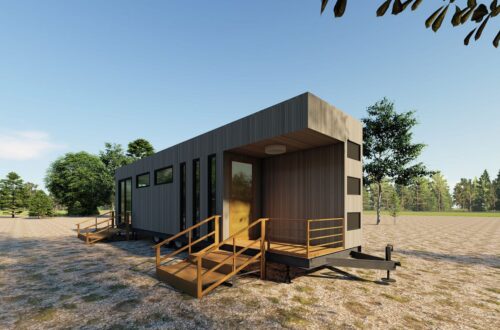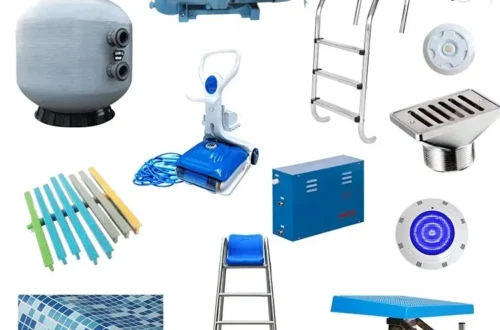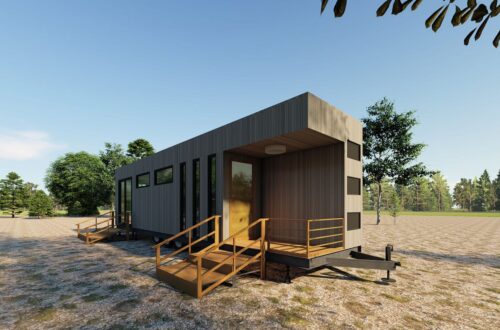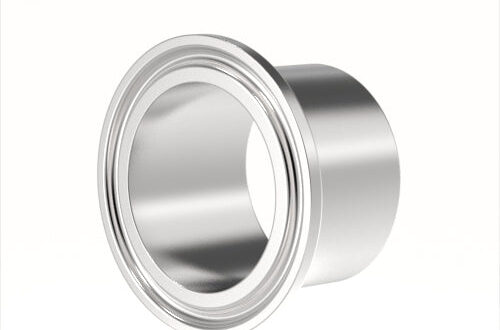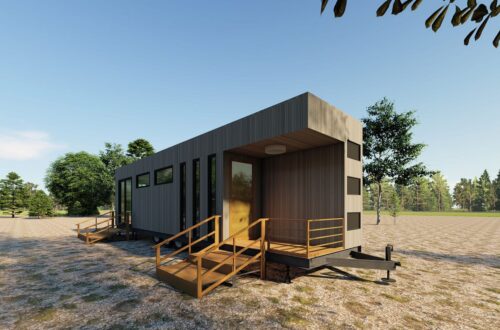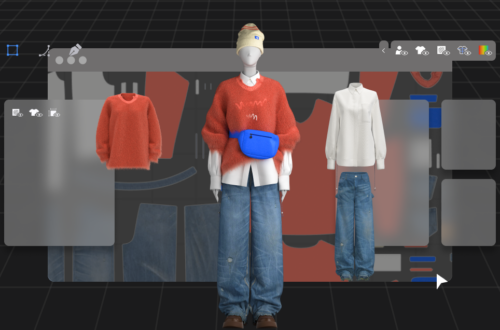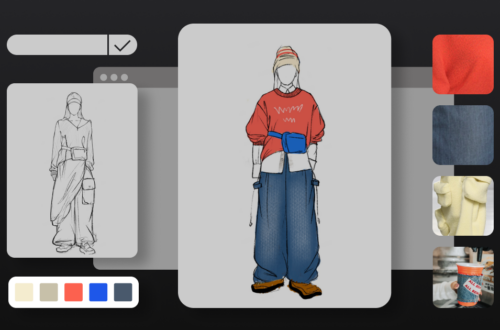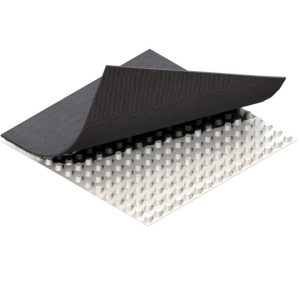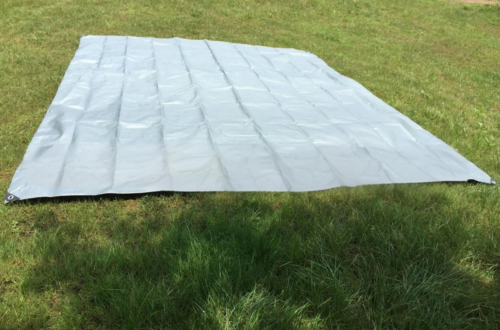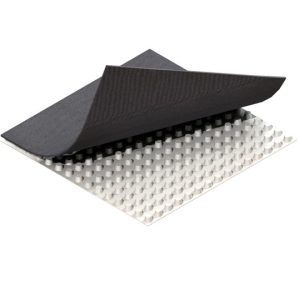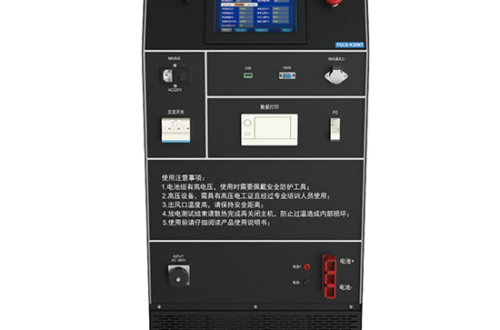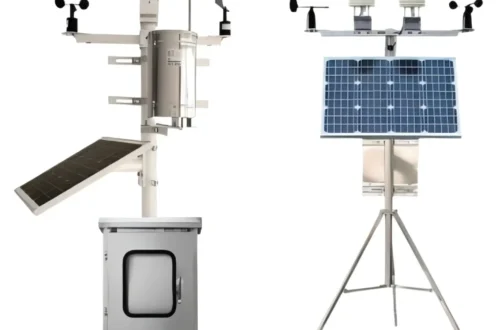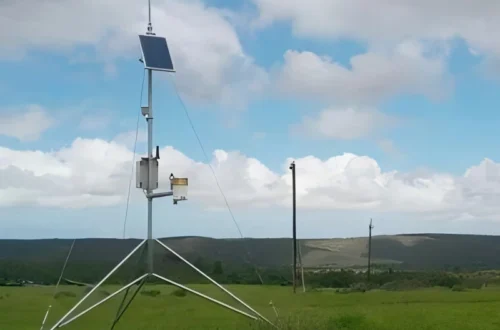-
The Ultimate Guide to Lolita Dresses: Styles, History, and Where to Shop
The Ultimate Guide to Lolita Dresses: Styles, History, and Where to Shop Step into a world of enchanting elegance and intricate detail. This guide is your comprehensive introduction to the captivating universe of Lolita Dresses, a fashion subculture that celebrates modesty, quality, and a storybook aesthetic. What is Lolita Fashion? Far from its literary namesake, Lolita fashion is a Japanese street style inspired by Victorian and Rococo clothing. It emphasizes a modest, doll-like silhouette characterized by knee-length skirts, petticoats for volume, blouses, headwear, and coordinated accessories. It’s a fashion of self-expression and community. Key Style Categories The Lolita world is rich with substyles. Sweet Lolita is playful, featuring pastels, fruits,…
-
The Timeless Elegance of the Tang Suit: A Guide to Its History and Modern Style
The Timeless Elegance of the Tang Suit: A Guide to Its History and Modern Style Stepping into a room wearing a Tang Suit is a statement of refined cultural heritage and sophisticated style. This iconic garment, with its distinctive mandarin collar and intricate knot buttons, has transcended its origins to become a global symbol of elegance. This guide explores its rich history and demonstrates how to incorporate its timeless appeal into your modern wardrobe. A Journey Through History: The Origins of the Tang Suit Contrary to its name, the Tang Suit, or “Tangzhuang,” does not originate from the Tang Dynasty. Its roots are in the Qing Dynasty, evolving from the…
-
The Timeless Elegance of Cheongsam: A Complete Guide to Its History and Style
The Timeless Elegance of Cheongsam: A Complete Guide to Its History and Style The Cheongsam, also known as Qipao, is more than just a dress; it is a symbol of Chinese cultural heritage and enduring femininity. This iconic garment has evolved from imperial robes to a global fashion statement, captivating wearers with its sophisticated silhouette and intricate details. This guide explores its rich journey and how to wear it with modern grace. The Fascinating History of the Qipao Dress Originating in the 17th century during the Qing Dynasty, the early Cheongsam was a loose, flowing robe for Manchu women. The 1920s Shanghai era marked its dramatic transformation. Influenced by Western…
-
The Timeless Elegance of Cheongsam: A Complete Guide to Its History and Style
The Timeless Elegance of Cheongsam: A Complete Guide to Its History and Style The Cheongsam, also known as Qipao, is more than just a dress; it is a symbol of Chinese cultural heritage and enduring femininity. This iconic garment, with its high collar, form-fitting silhouette, and intricate details, has captivated the world for over a century. This guide explores its fascinating journey and how to wear it with modern grace. A Journey Through Time: The History of Cheongsam Originating from the Manchu ethnic group during the Qing Dynasty, the early Cheongsam was a loose, straight robe. The 1920s in Shanghai marked its dramatic transformation. Influenced by Western fashion, it evolved…
-
The Timeless Elegance of Cheongsam: A Guide to Its History and Modern Style
The Timeless Elegance of Cheongsam: A Guide to Its History and Modern Style The Cheongsam, also known as Qipao, is more than just a dress; it is a symbol of cultural heritage and sophisticated femininity. This iconic garment, with its high collar, fitted waist, and signature side slits, has captivated the world for over a century. Its journey from traditional Manchu robes to a global fashion statement is a fascinating tale of adaptation and enduring style. A Journey Through Time: The Rich History of Cheongsam Originating in the 17th century during the Qing Dynasty, the early Cheongsam was a loose, straight-cut robe worn by Manchu women. The modern silhouette we…
-
The Timeless Elegance of Qipao: A Guide to Its History, Styles, and Modern Appeal
The Timeless Elegance of Qipao: A Guide to Its History, Styles, and Modern Appeal The Qipao, also known as the Cheongsam, is more than just a dress; it’s a symbol of Chinese cultural heritage and enduring femininity. This iconic garment, with its high collar, form-fitting silhouette, and intricate detailing, has captivated the world for over a century. Its journey from practical Manchu attire to a global fashion statement is a fascinating tale of adaptation and elegance. The Rich History of the Qipao Dress Originating in the 17th century during the Qing Dynasty, the early Qipao was a loose, straight-cut robe worn by Manchu women. It was designed for practicality and…
-
The Ultimate Guide to Hanfu: History, Styles, and Modern Revival
The Ultimate Guide to Hanfu: History, Styles, and Modern Revival Have you ever wondered about the elegant, flowing robes seen in historical Chinese dramas? That traditional attire is called Hanfu, and it’s experiencing a spectacular global revival. This guide will take you through its rich history, diverse styles, and its vibrant place in modern fashion. The Rich History of Hanfu Hanfu, meaning “Han clothing,” refers to the traditional dress of the Han Chinese people. Its origins trace back over 3,000 years to the dawn of Chinese civilization. More than just clothing, Hanfu embodies the “shenyi” system, a philosophy where the garment is a seamless integration of body and spirit, reflecting…
-
The Ultimate Guide to Hanfu: History, Styles, and Modern Revival
The Ultimate Guide to Hanfu: History, Styles, and Modern Revival Step into a world of flowing sleeves and elegant silhouettes. Hanfu, the traditional clothing of the Han Chinese people, is more than just fabric—it’s a living tapestry of China’s rich history and cultural identity. This guide unravels its fascinating journey. The Rich History of Hanfu Clothing Hanfu’s origins trace back over three millennia to the Huangdi era. It evolved through dynasties like Han, Tang, Song, and Ming, each adding distinct features. More than mere attire, its design philosophy reflects Confucian ideals of harmony and ritual. Traditional Dress and Cultural Significance Every element, from the cross-collar to the wide sash, carries…
-
The Ultimate Guide to Hanfu: History, Styles, and Modern Revival
# The Ultimate Guide to Hanfu: History, Styles, and Modern Revival **Introduction: What is Hanfu?** Hanfu, meaning “Han clothing,” refers to the traditional attire of the Han Chinese people. It is a stunning and intricate system of clothing with a history spanning over three millennia. More than just fabric, Hanfu embodies Chinese aesthetics, philosophy, and etiquette. Today, it’s experiencing a powerful revival as a symbol of cultural pride and artistic expression. ## **The Rich History of Hanfu** Hanfu’s origins trace back to the early days of Chinese civilization. Its basic form, a top-and-skirt combination, was established during the Shang and Zhou dynasties. Each subsequent era—from the majestic Han to the…
-
The Ultimate Guide to Lolita Fashion: Styles, History, and How to Wear the Perfect Dress
The Ultimate Guide to Lolita Fashion: Styles, History, and How to Wear the Perfect Dress Step into a world of elegance, whimsy, and intricate detail. Lolita fashion is far more than just a style of dress; it’s a vibrant subculture with deep roots and a passionate global community. This guide will walk you through everything you need to know, from its fascinating history to finding your perfect look. Understanding Lolita Fashion Styles Lolita fashion is renowned for its diversity. While united by common principles of modesty and quality, several distinct substyles have emerged. Classic Lolita Elegance Inspired by Victorian and Rococo eras, Classic Lolita focuses on refined elegance. Think muted…
